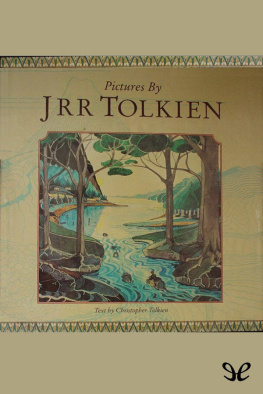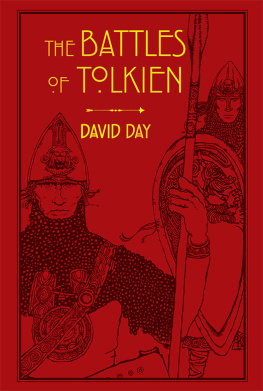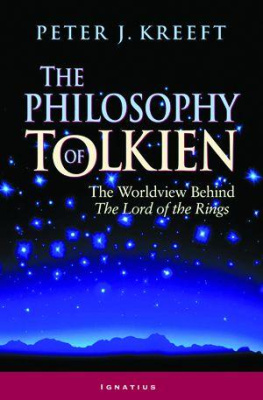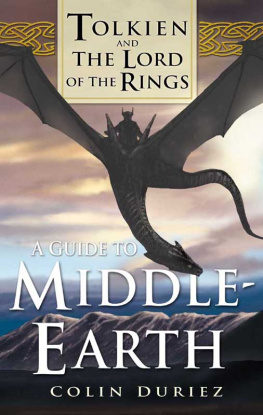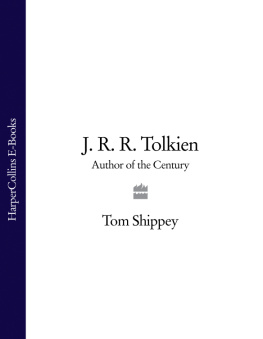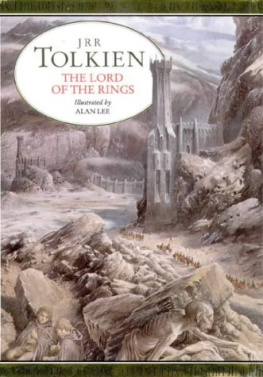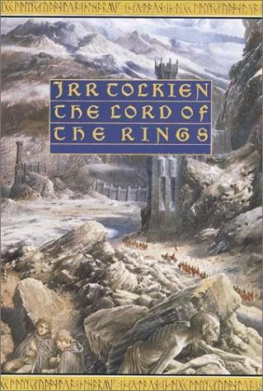Bibliographical Abbreviations
Etym. The Etymologies (in LR:347-400)
GL The Gnomish Lexicon (in Parma Eldalamberon #11)
Letters The Letters of J.R.R. Tolkien
LotR The Lord of the Rings
LR The Lost Road
MC The Monsters and the Critics
MR Morgoths Ring
PM The Peoples of Middle-earth
QL The Qenya Lexicon (in Parma Eldalamberon #12)
RGEO The Road Goes Ever On (second edition)
RS The Return of the Shadow
SD Sauron Defeated
UT Unfinished Tales
VT Vinyar Tengwar
WJ The War of the Jewels
This analysis was originally published in Tyali Tyelelliva #18.Shortly afterwards, another analysis appeared in Vinyar Tengwar #43.The authors of the latter analysis were able to draw on various otherTolkien manuscripts that occasionally throws some light on the moreobscure features of the Quenya text. Some information from this articlehas been added in brackets and with red letters to my own analysis.Otherwise, my original published text remains virtually unaltered. Thosewho want to compare this study to the Vinyar Tengwar article maydownload a PDF version of the relevant issue from this URL:
http://www.elvish.org/VT/sample.html
J.R.R. Tolkien was a man of faith, and in subtle ways his beliefs andphilosophical notions were reflected in his narratives. "The Lord ofthe Rings is of course a fundamentally religious and Catholic work,"he noted in 1953, "unconsciously so at first, but consciously in therevision" (Letters:172). Still there are no direct or explicitreferences to Christianity or Catholicism in LotR, or for that matter inThe Hobbit or The Silmarillion. It has, however, long been knownthat Tolkien made a Quenya translation of the Lords Prayer (Matthew6:9-13). This, of course, does not mean that he planned to insert thisprayer into his invented world; the long ages of Middle-earth supposedlyfar predated the time of Jesus, so this would be historically impossibleeven within the fictional context. Rather we should see this translationas a confirmation of Tolkiens statement that to him, it was theinvented languages and not the fictional history that was the primarything: "The invention of languages is the foundation. The stories weremade rather to provide a world for the languages than the reverse. To mea name comes first and the story follows" (Letters:219).
Some have contended that Tolkiens languages are so inextricably boundup with his fiction that they literally would not make any sense ifremoved from the Middle-earth setting, the languages as such beingdismissed as nothing but figments of "literary art". Such a view,however, seems to represent a sad diminishing of Tolkiens efforts, aswell as a profound lack of appreciation for the infinite flexibility ofLanguage. On occasion, Tolkien himself might modestly dismiss hislanguages as "nonsense" or a "mad hobby" (MC:239, Letters:8), but inreality he did know the nature and potential of his work: He noted abouthis languages that they "have some existence, since I have composedthem in some completeness" (Letters:175, emphasis added). Hence theycould in principle be used to translate any text, even if the text assuch had no direct connection to the narratives or the invented world.And as can now be seen, Tolkien did produce at least one suchtranslation: a Quenya version not only of the Pater Noster or LordsPrayer, but also of the Ave Maria or Hail Mary. The two are writtenconsecutively and may well be considered one work. This is presently thesole known example of Tolkien rendering into one of his languages a textnot originating with himself.
Why did Tolkien translate these prayers? It seems quite unlikely that heactually used the Quenya versions in his own worship. In VinyarTengwar #32, where Carl F. Hostetter and Patrick Wynne presented theirown Quenya version of the Lords Prayer (made before they got to seeTolkiens translation), Hostetter in his editorial observed:"Translations of the Lords Prayer have enjoyed a long tradition asrepresentative texts for use in side-by-side comparisons of variouslanguages." But since Tolkien apparently never made any efforts to havehis Quenya-language Lords Prayer published, it does not seem that heintended it to be a general "sample" of the language. Most likely hewrote down these texts for no more profound reason than his ownamusement which should not, however, be taken as an indication of afrivolous attitude towards these prominent religious texts. Thetranslation as such was probably serious enough, all the more so sincethese prayers would be important to Tolkien as a Catholic.
Quenya texts as substantial as this one rarely appear. If we limit thescope to what is more or less LotR-style Quenya, the only substantialtexts (as opposed to isolated words or short or unconnected sentences)that have been available so far number no more than three or four. Theyare Namri in LotR (and RGEO:66-67), the latest version of the LastArk poem in MC:221-222, Friels Song in LR:72, and Cirions Oathin UT:305, 317. Friels Song is not even quite LotR-style Quenya, andCirions Oath consists of only two sentences. The addition to our corpusof the 73-word Lords Prayer/Hail Mary text, which may even bepost-LotR, must therefore be seen as an important event, justifying aquite thorough analysis.
The analysis here offered is organised into three parts. The first,relatively brief part will simply establish a Text to be analysed. Inthis case, Tolkiens handwriting is luckily quite legible andunambiguous, with only a few uncertain points (such as the distributionof spaces). I will (summarily) try to justify the readings I prefer,often based on examples of Quenya that were published earlier.
The next part, the Syntactical/Analytical Commentary, will match thetexts with typical English versions and analyse the Quenya versions wordby word, but yet within the textual context: This is where observationsregarding syntactical relationships within the text will be set out.
The Lexical/Etymological Commentary constitutes the final and by farthe longest part of this analysis, providing detailed studies of theindividual words, organised alphabetically. Here I will discuss howthese words relate to material that has been published earlier, and tryto infer what history and etymology Tolkien may have imagined for thevarious words and elements. Still, this is not to be taken as amini-version of a Quenya Etymological Dictionary; while I will sometimesgo into greater detail than a mere technical analysis of the text beforeus might seem to warrant, I will try to maintain the connection with thetext itself. So to ensure easy referencing, nearly all of theentry-heads cite the word in the exact form it has in this text,including any inflectional or pronominal endings which are thendiscussed in that same entry, or in the case of endings occurringrepeatedly, cross-referenced to the entry for another word exemplifyingthat suffix. (A few suffixed elements that occur repeatedly in thetext are however given separate entries, if that seems convenient, butno attempt is here made to be entirely consistent regarding such detailsof the presentation. Hence you will find a separate entry for thepronominal ending -mmaour, whereas the ending -lya
Next page


